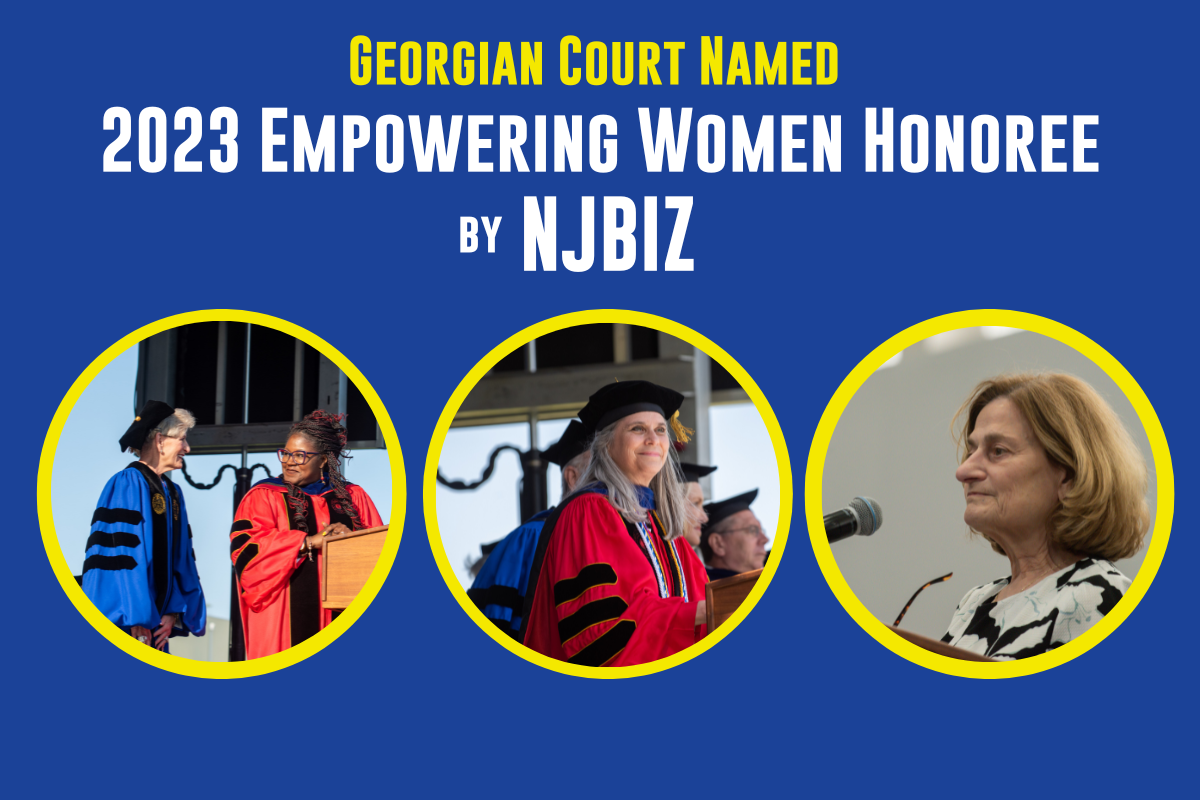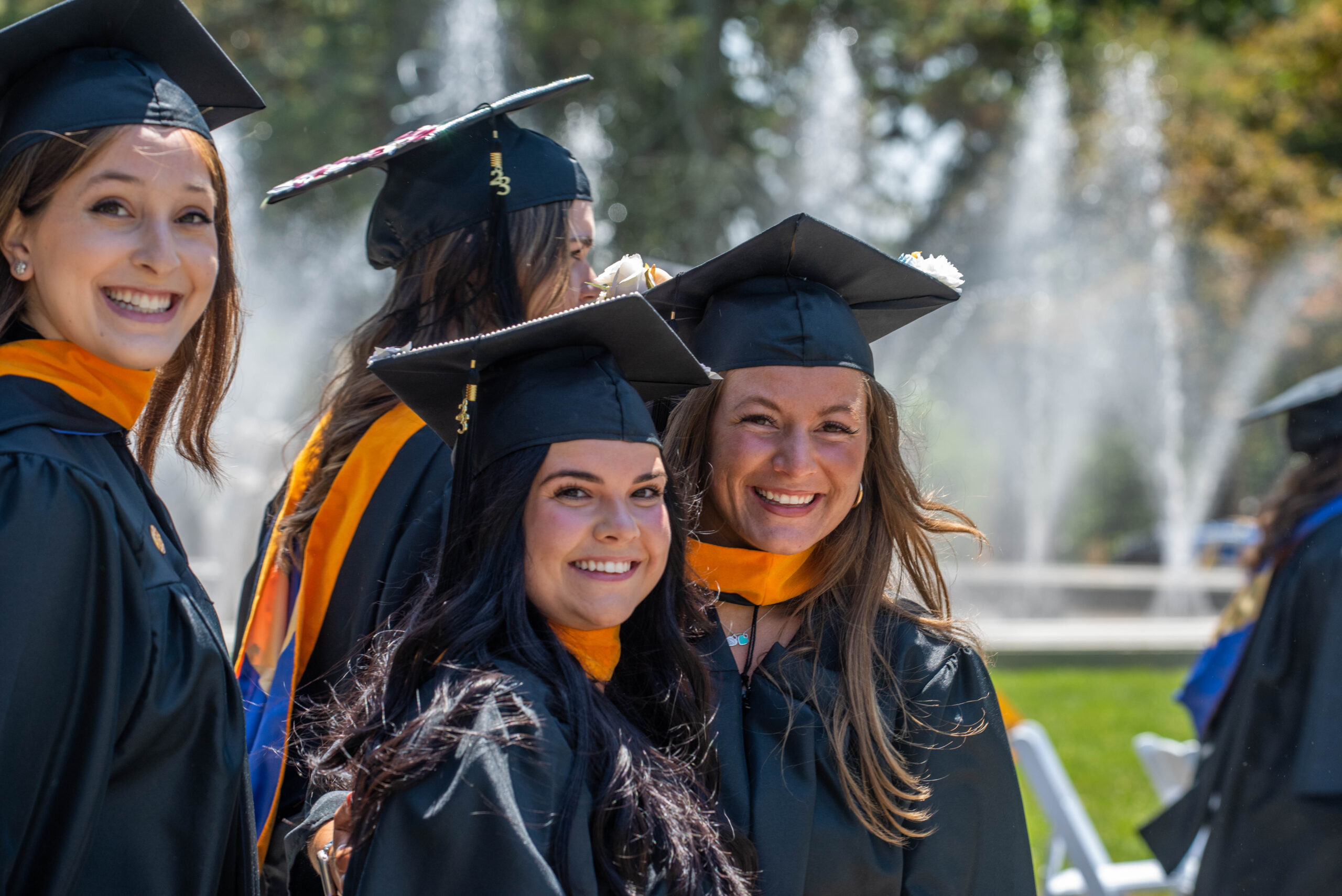Meticulous. It’s the word Emily Humphries ’22 uses to describe her NASA Space Grant research project efforts, “Comparing Algorithmic Efficiencies of MATLAB, Mathematica, and Maple.” And it’s what she loves about assessing differences among these three commonly used computer algebra systems (CAS) software programs.
“I enjoy sitting in front of my computer and entering data into a table, and I don’t mind waiting 6,000 seconds for a program to run. It’s all for the end goal,” said Emily. “It can be challenging when I can’t get the programming code exactly right at first, but when I finally do and everything clicks, it’s the most rewarding experience ever.”
MATLAB, Mathematica, and Maple are used all over the world as tools for doing scientific and statistical analysis and modeling engineering systems. The project Emily is working on consists of analyzing how well the algorithms in the programs work. Beth A. Schaefer, Ph.D., chair of the Department of Mathematics, Computer Science, and Physics; coordinator of the physics program; and professor of physics, is one of Emily’s faculty mentors, and began the research several years ago. She was using Mathematica, a research colleague was using Maple; they noticed that graphs produced by the two CAS with identical functions yielded very different results. This intrigued them, and Dr. Schaefer thought this could lead to an interesting project with undergraduates. Click here to continue reading.



